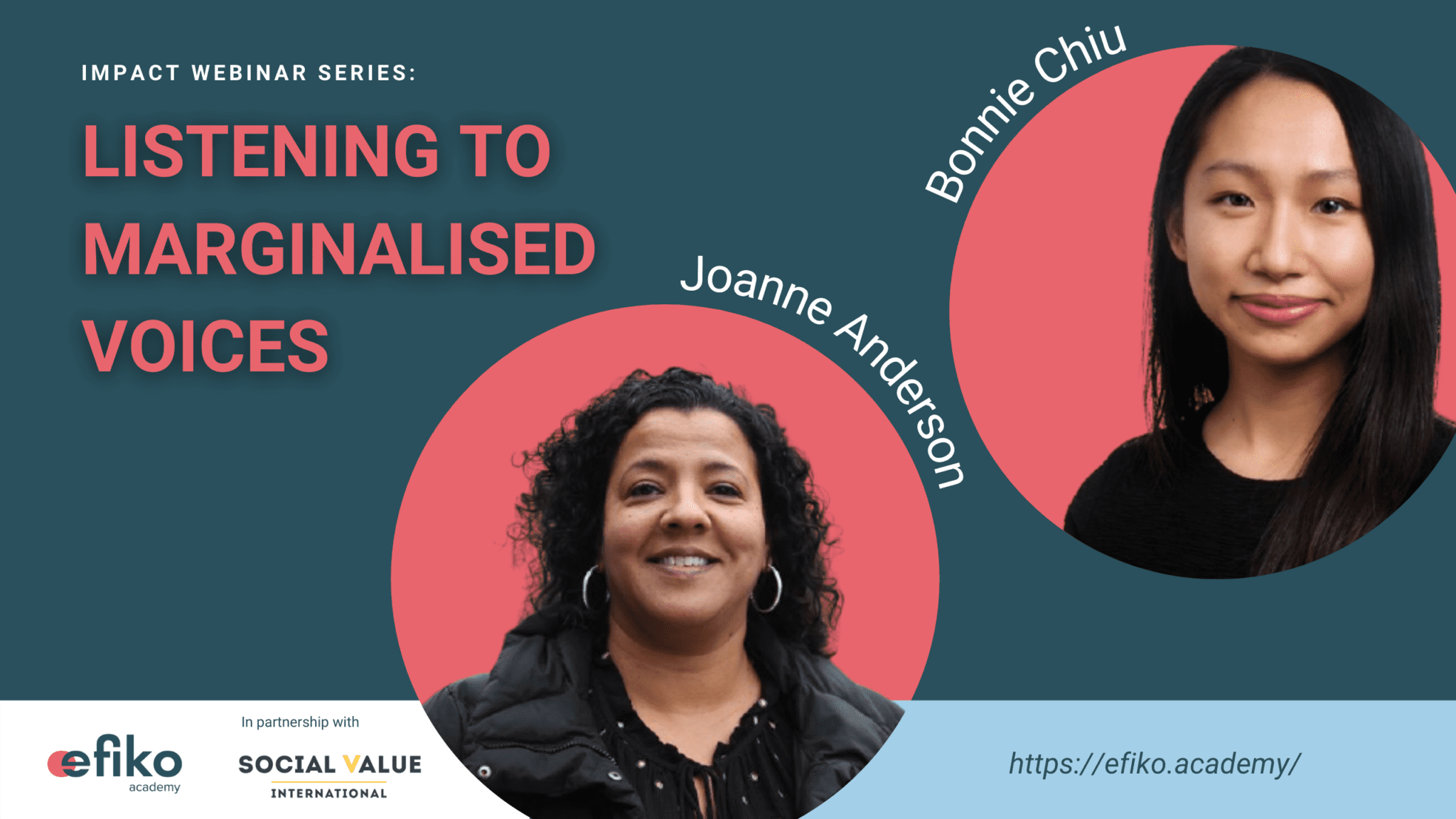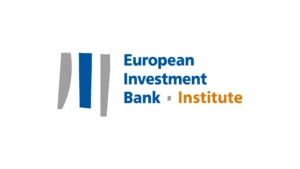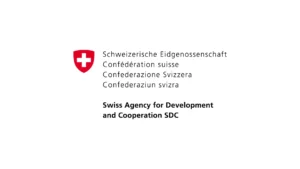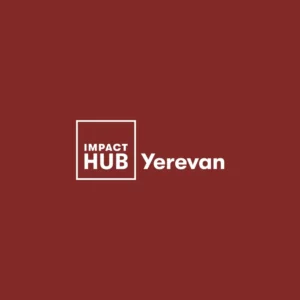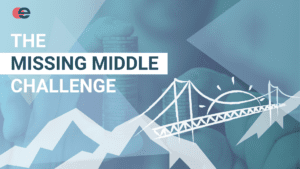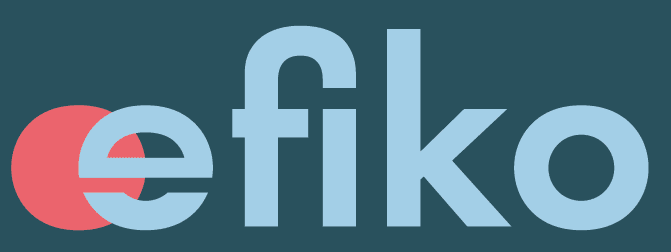How does an organisation effectively listen and take into account the views of their stakeholders, particularly those marginalised, to improve their impacts?
Stakeholder engagement is a term that has been used for decades and is recognised as common sense and standard practice in for-profit product or service design. Stakeholder involvement is also a demanded best practice in impact management. It is a consistent requirement in standards set by leaders in this space, such as Social Value International, the Impact Management Project and many others.
Effective stakeholder engagement can be difficult to put into practice, because ALL types of stakeholders are essential to maximising impact. Specifically those hard to reach populations —due to factors like gender, race, culture, language, age, or disability just to name a few— are often left out. Involving these marginalised stakeholders in the conversation remains one of the toughest challenges. Sadly, they often lack the power to influence decisions directly affecting their lives.
In Efiko Academy’s latest webinar titled Listening to Marginalised Voices, experts Bonnie Chiu and Joanne Anderson openly discussed these issues faced in involving marginalised stakeholders. Find the webinar here.
Here are some takeaways.
The need to look inwards

Before turning towards your stakeholders, let’s begin by taking a look at the power dynamics that can be present. Recognizing, challenging, and balancing the power relationship is key when conducting stakeholder research. Stakeholders will be more likely to share their true thoughts, desires and needs.
Active listening, using empathy and allowing for anonymity are helpful in the process (Chevalier & Buckles, 2008). Easier said than done, of course because no one admittedly enjoys giving up power. It is a balancing act to know the hidden and visible expressions of power in order to level the playing field, according to Wim Hiemstra from the ETC Foundation (Hiemstra, 2012).
Do things with stakeholders, not for them
It is often found that projects are set up based on certain assumptions which are then later validated by involving stakeholders. However, the principle of co-production recommends to involve stakeholders from the very start, especially the marginalised ones. Insights these stakeholders have to offer are valuable for delivering and designing projects that maximise societal impacts. Impact changemakers might not have the same perspective as stakeholders, so challenges and discomfort are likely to come up. Regardless, it is generally accepted that effective co-production leads to enhanced public value and increased outcomes (Bovaird & Loeffler, 2012).
Have the right appetite for change
When conducting a project for a client or your own organisation, ensure there is no hidden agenda. Ask yourself, why are we trying to reach these marginalised voices? Be mindful to avoid a check-the-box mentality wherein one is merefly concerned with fulfilling Diversity, Equity and Inclusion (DEI) efforts rather than truly caring for them. Combat this by establishing first a strong organizational ethos that values DEI to make sure stakeholder engagement is approached with dynamism and willingness to change (Dalgarno, M., & Oates, J., 2019). This will help set the tone and normalise the involvement of marginalised populations.

In conclusion, marginalised voices need to be heard. And if you are starting on this journey you should expect that some habits may need to be unlearned along the way. For example, giving up control so that others can have their say. Meanwhile other habits will need to be learned; such as performing stakeholder DEI assessments or setting up a stakeholder engagement plan to measure your net contribution. All in all, it is a bumpy yet rewarding road lined with its fair share of difficult conversations.
Here at Efiko, we strive to support impact practitioners on their learning journey to make these changes and maximise the impact goals of their organisation. In our Social Impact Management course, developed in partnership with Social Value International, realising stakeholder involvement and setting up a stakeholder engagement plan are fundamental learning outcomes. Take a look at our content and experts wishing to help you along the way.
Bovaird, Tony & Loeffler, Elke. (2012). From Engagement to Co-Production: The Contribution of Users and Communities to Outcomes and Public Value. https://www.researchgate.net/publication/257672503_From_Engagement_to_Co-Production_The_Contribution_of_Users_and_Communities_to_Outcomes_and_Public_Value
Chevalier, J. and Buckles, D. (2008). SAS2 : A Guide to Collaborative Inquiry and Social Engagement. https://www.england.nhs.uk/improvement-hub/wp-content/uploads/sites/44/2018/06/Engaging-Involving-Understanding-Others-Perspectives.pdf
Dalgarno, M., & Oates, J. (2019). The crucible of co-production: Case study interviews with Recovery College practitioner trainers. Health Education Journal. https://doi.org/10.1177/0017896919856656
Hiemstra, W. (2012). Power Dynamics in multistakeholder processes: a balancing act.
https://www.bothends.org/uploaded_files/document/17Power_dynamics_in_multi-stakeholder_processes.pdf


